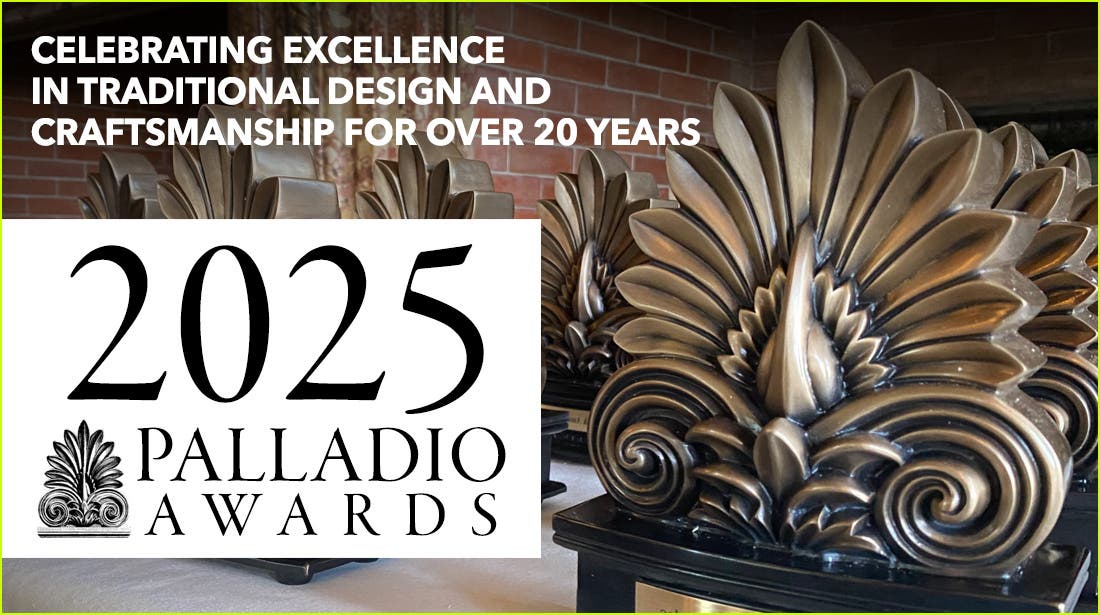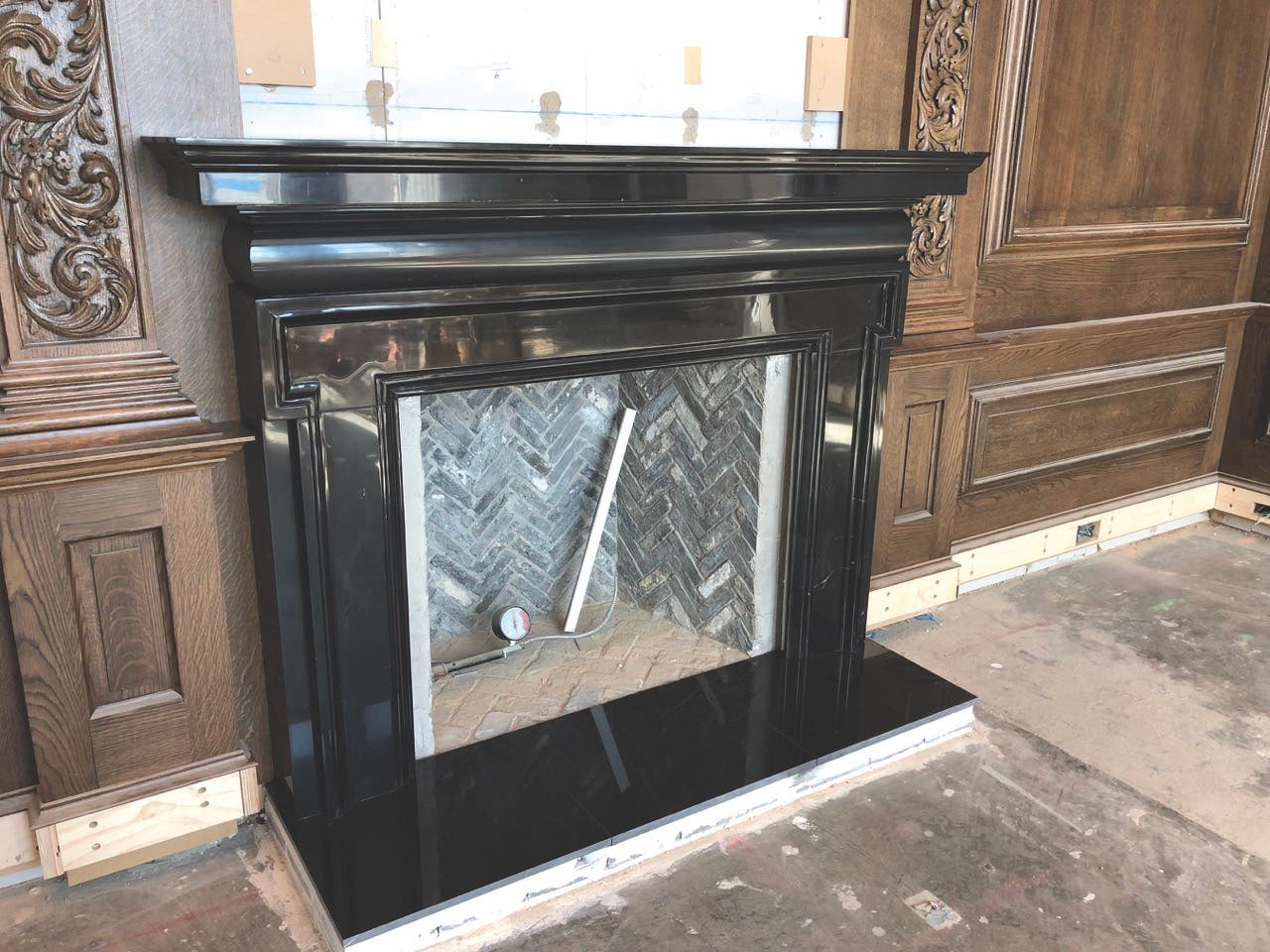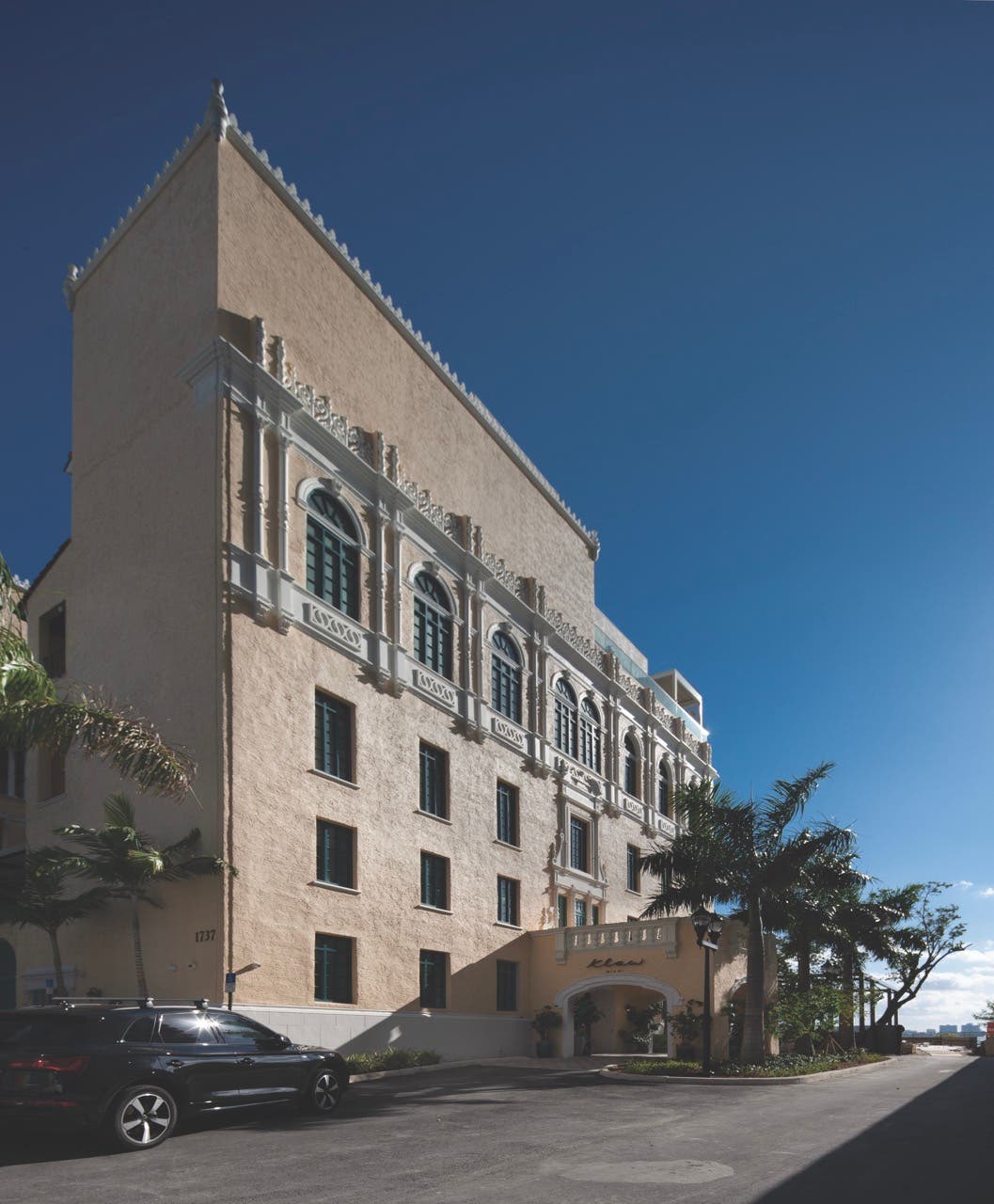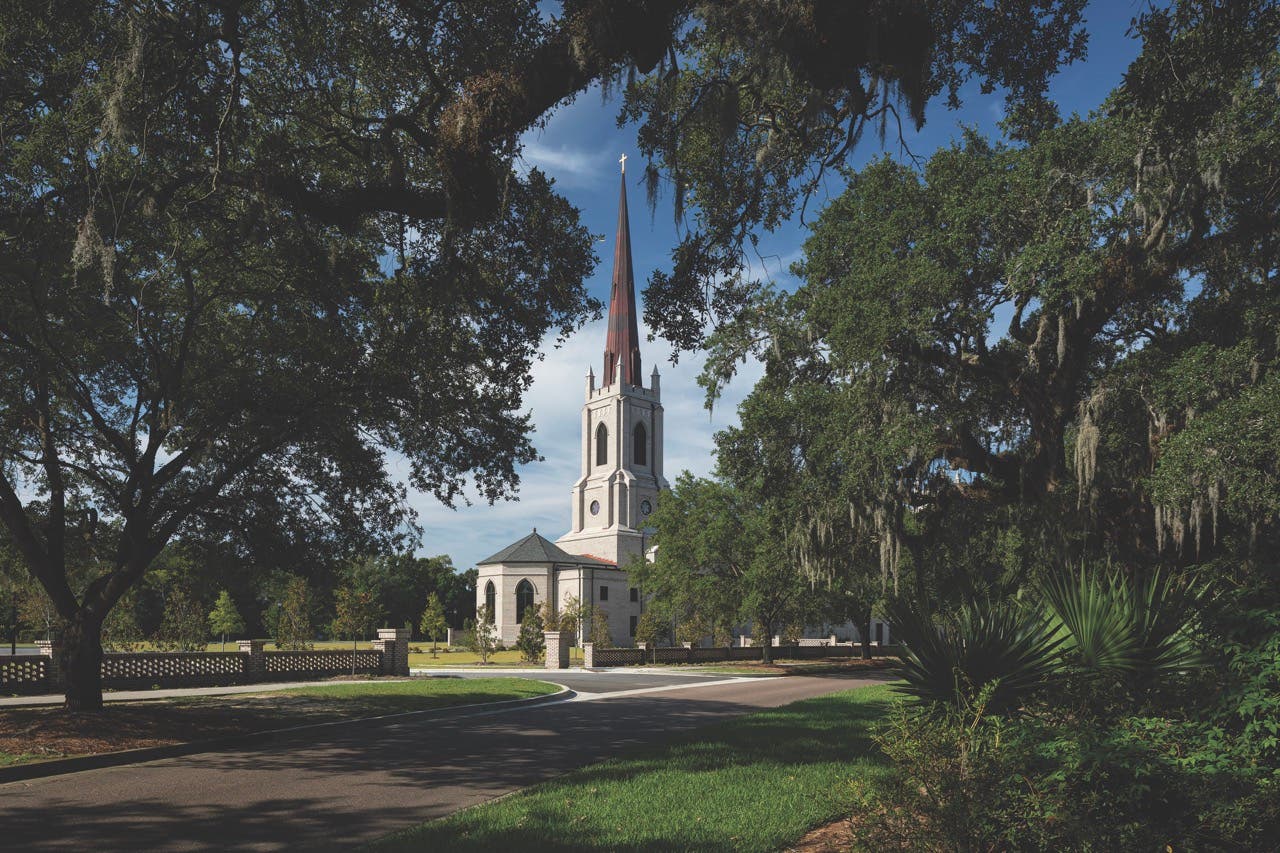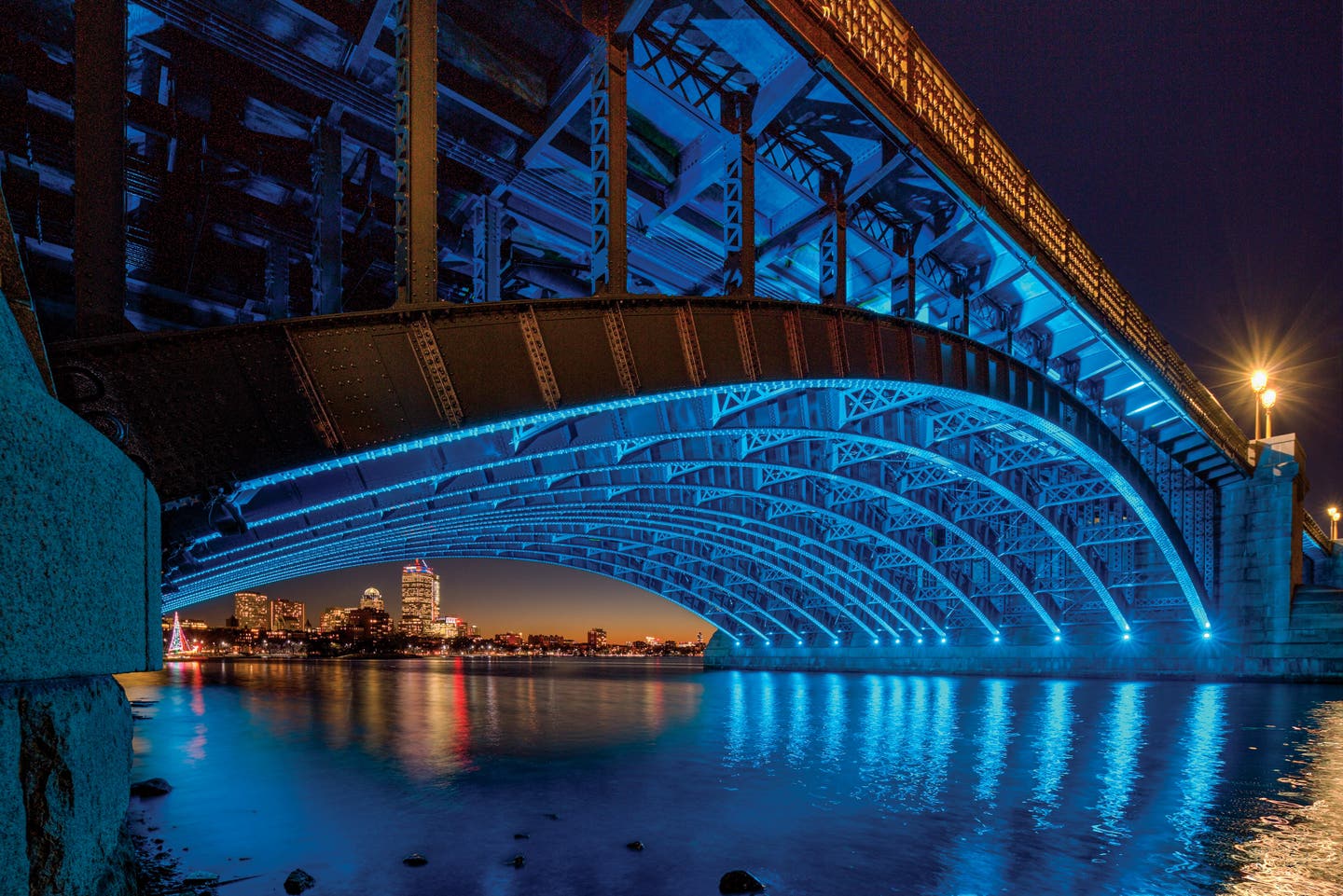
Palladio Awards 2021
Rosales + Partners: Longfellow Bridge
The restoration and rehabilitation of Boston’s Longfellow Bridge, a project that was approximately 15 years in the making, has won numerous awards, including the National Trust’s Richard H. Driehaus Foundation National Preservation Award and the Institute of Classical Architecture & Art Bulfinch Award, as well as the Palladio.
The 1906 bridge, which spans the Charles River, was named after the distinguished poet Henry Wadsworth Longfellow, who used to walk across its predecessor on his way to court the woman who would become his wife.
“It’s the most prominent historic bridge structure in Boston, and a landmark in the city in terms of history and beauty,” says Miguel Rosales, AIA, president of Boston-based bridge-building specialists Rosales + Partners. “Sadly, many old bridges get demolished, not restored.”
The 244,000-square-foot, 2,132-foot-long span, which is built of granite masonry and consists of 10 hollow piers and two abutments, is defined by four neo-classical granite towers framing the river’s navigation channel that inspired its nickname—the Salt and Pepper Bridge.
Much-needed structural repairs were made, the ornate cast-iron pedestrian railings were restored, the granite masonry was cleaned and conserved, and a new functional and aesthetic lighting system was installed—all while the commuter trains, which carry close to 100,000 riders per day, continued to run on its tracks.
The Longfellow Bridge, Rosales says, “had never been aesthetically illuminated before. In addition to lighting the restored arches, we added new lighting behind the tower windows to give the bridge’s iconic towers more presence. It looks stunning at night.”
One major part of the preservation project was the restoration of the four 58-foot-tall granite towers, each of which is comprised of 514 stones that vary in size and that each weigh as much as 3 tons.
Each tower, which was leaning, was disassembled and each piece of stone numbered so it could be re-installed in its original location.
“The contractors transported the stones by barge to safe locations,” Rosales says. “We had to do everything carefully because the original quarry was gone, and we couldn’t readily find any matching granite.”



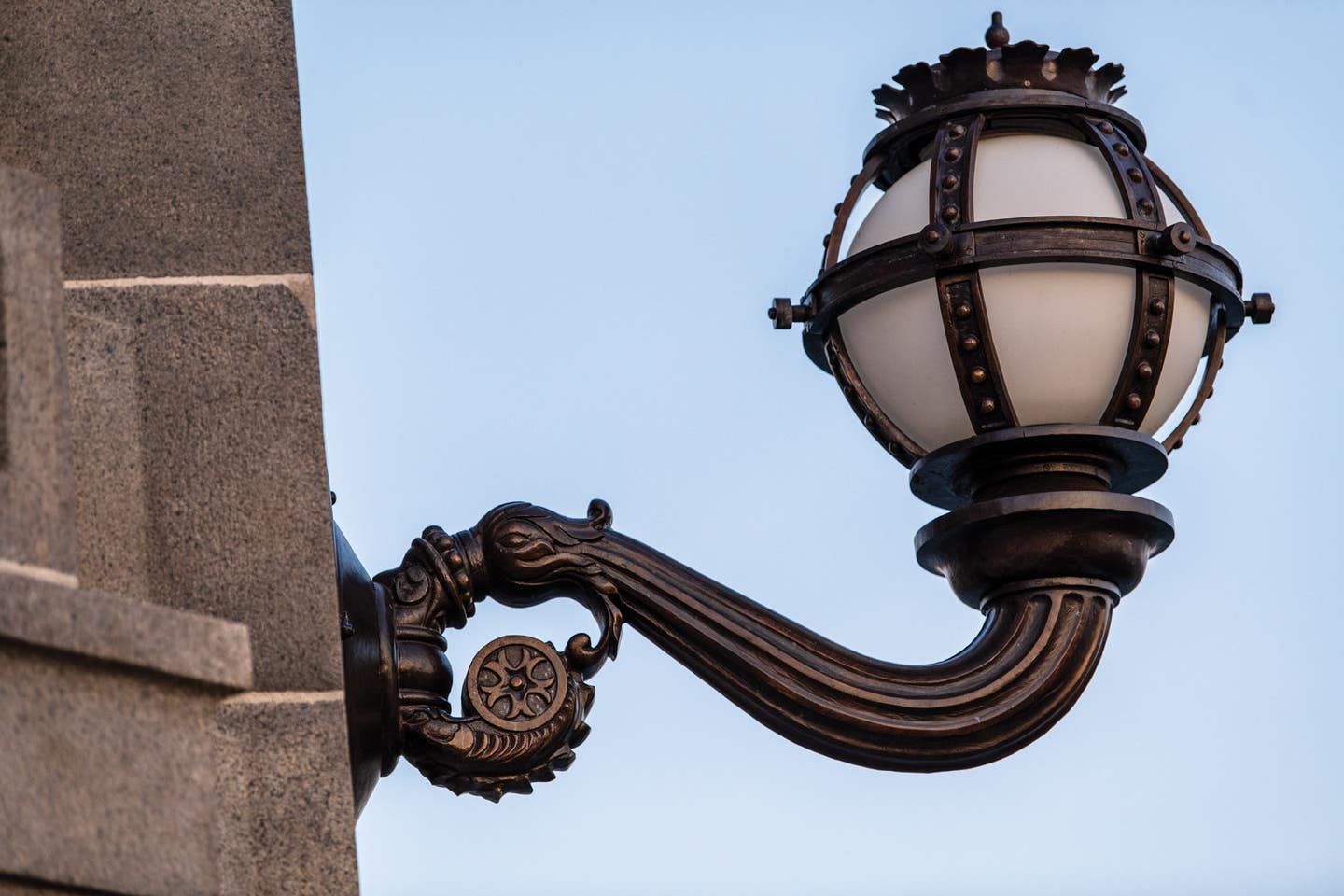

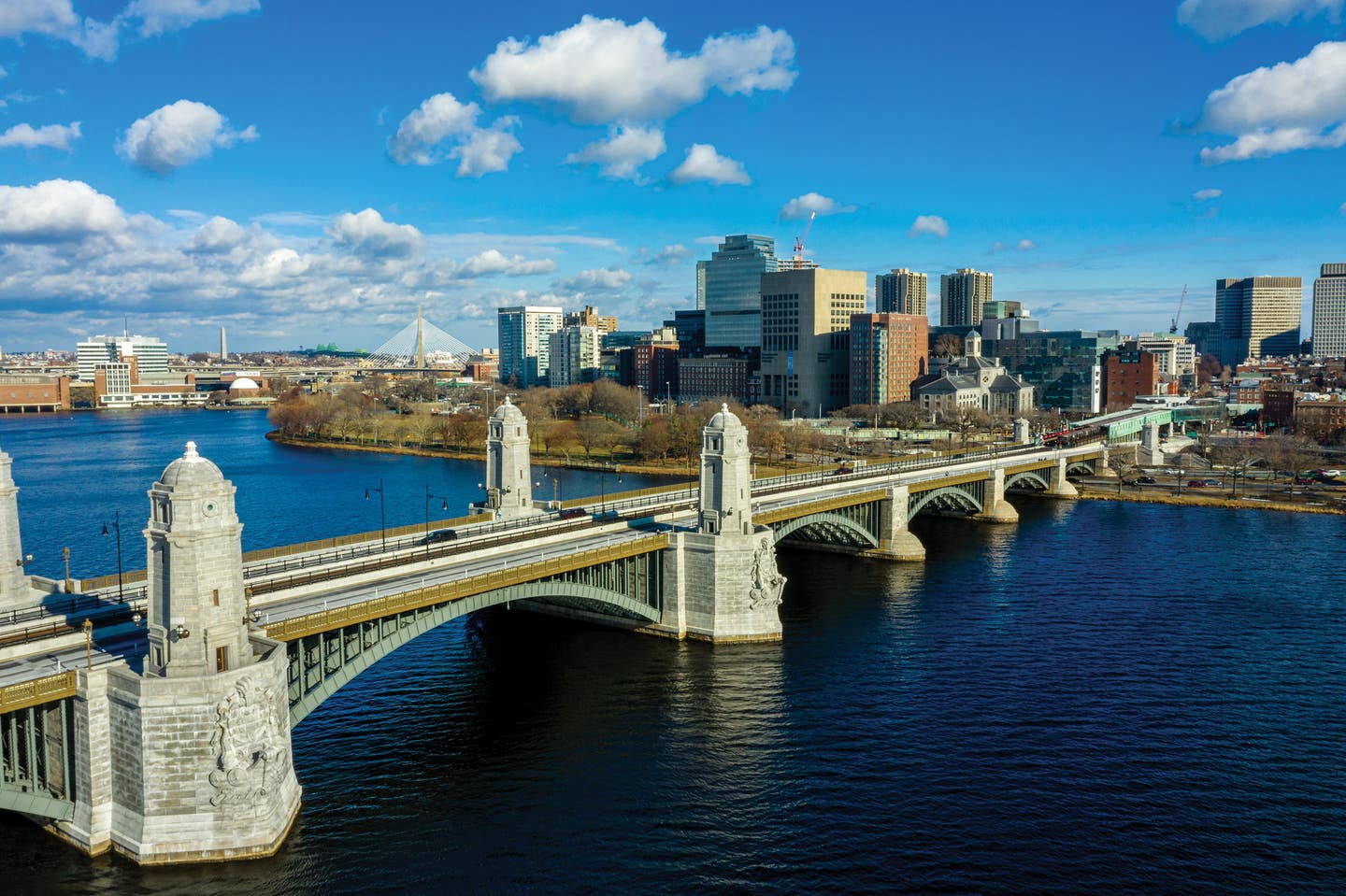
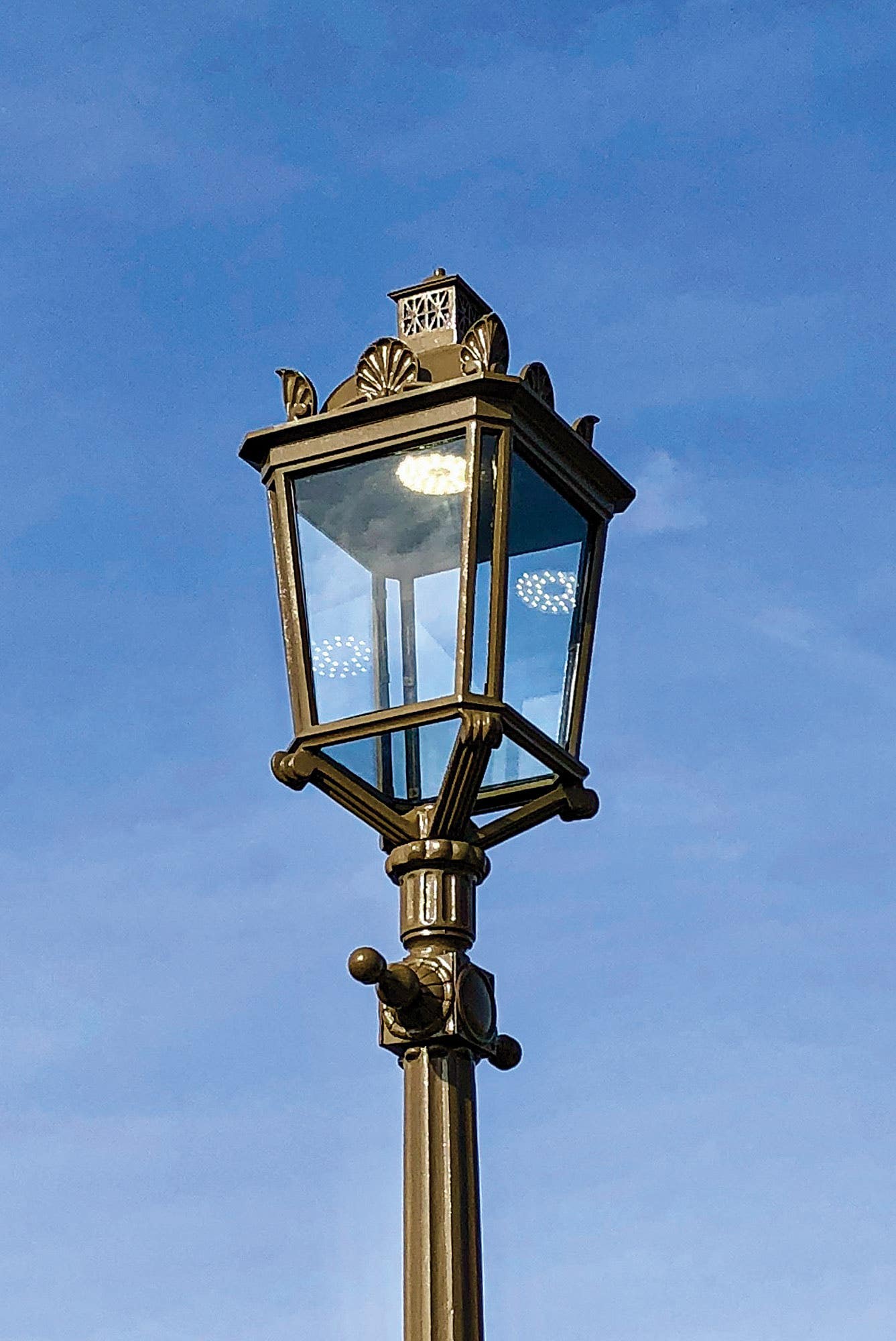
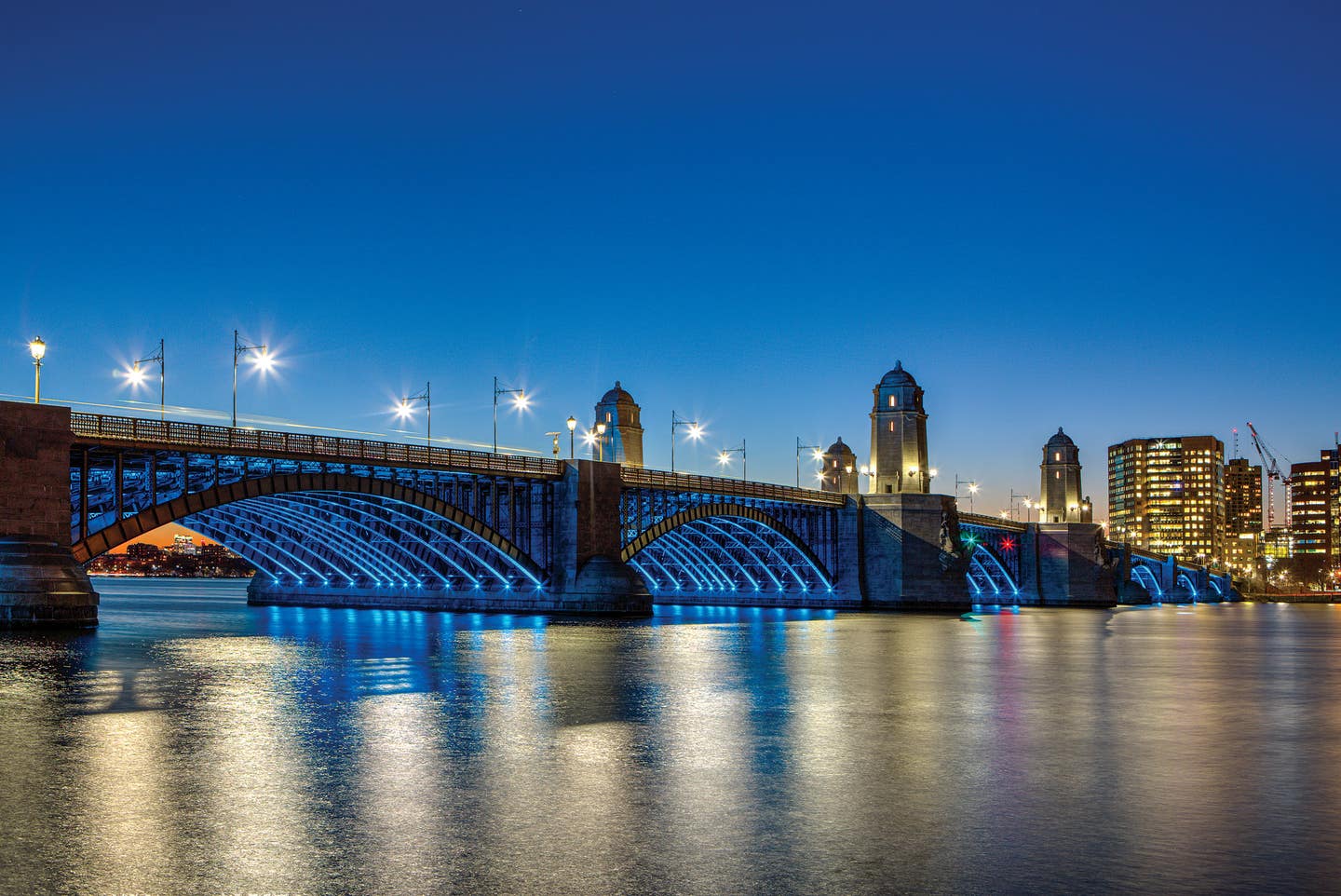
The allocation of the bridge’s space for trains, pedestrians, motor vehicles, and bicyclists was carefully studied by the state and other stakeholders, and after extensive community input, bridge sidewalks were widened and dedicated protected bicycle lanes were installed.
“A sensitive balance was achieved between all users,” Rosales says.
As part of the project, Rosales + Partners conceived new bike/walking paths, pedestrian connections, and landscaping in the adjacent parkland to link the bridge to its original riverfront setting.
And the firm also replaced an adjacent, obsolete pedestrian bridge with a new visually compatible steel-arch span that was named the Frances Appleton Bridge, in honor of Longfellow’s wife and his long-ago walks across the Charles River to meet her.
KEY SUPPLIERS
Bridge and Lighting Designer: Rosales + Partners
Contractor: White/Skanska/Consigli, JV
Engineer of Record: STV
Landscape Architects: Copley Wolff Design Group
Preservation Planners: McGinley, Kalsow and Associates
Cultural Resources Management: Public Archeological Laboratory
Public Involvement: Regina Villa Associates
Material Conservation and Historic Preservation Consultant: Preservation Technology Associates
Preliminary Engineering: Jacobs Engineering




